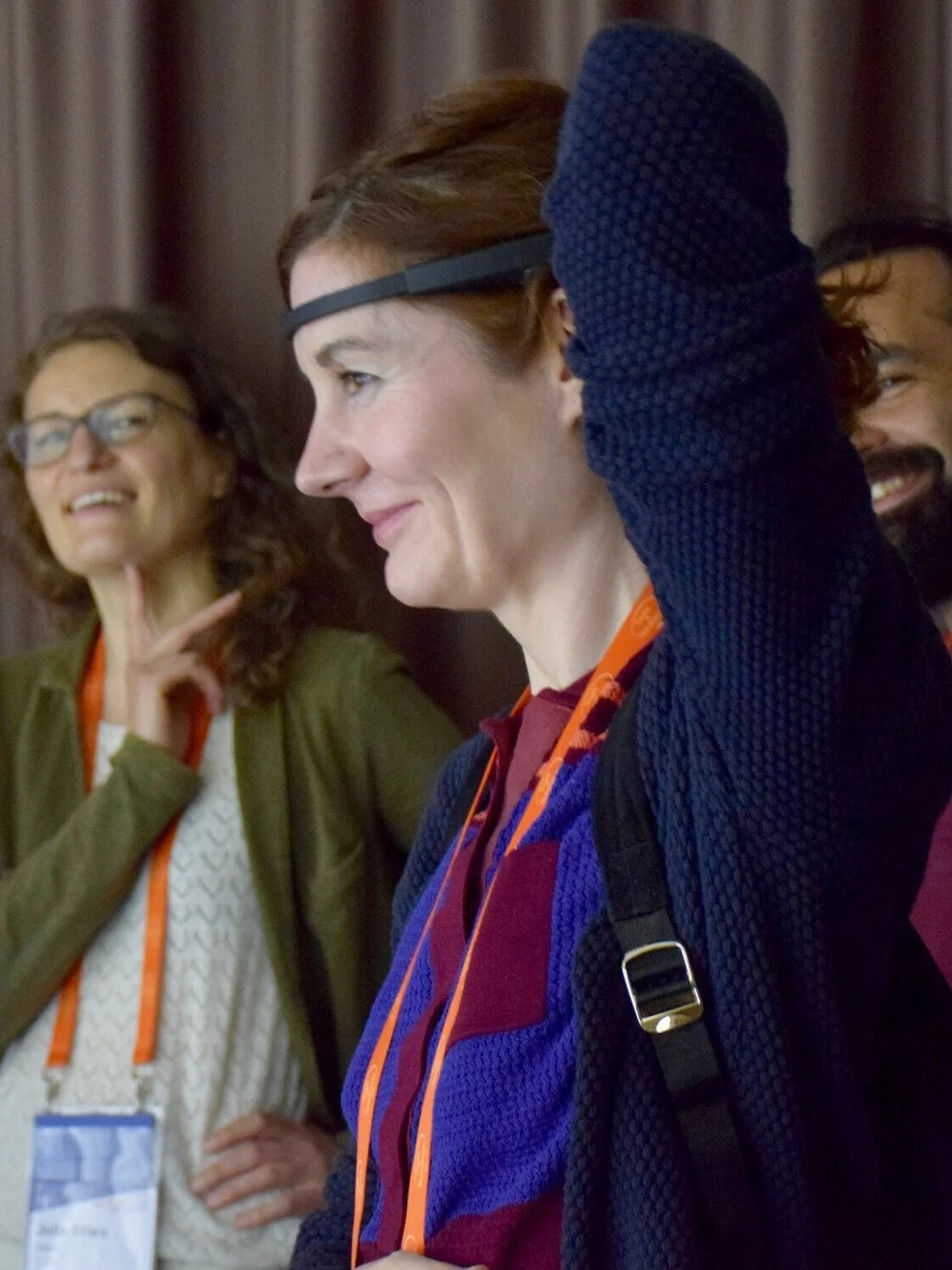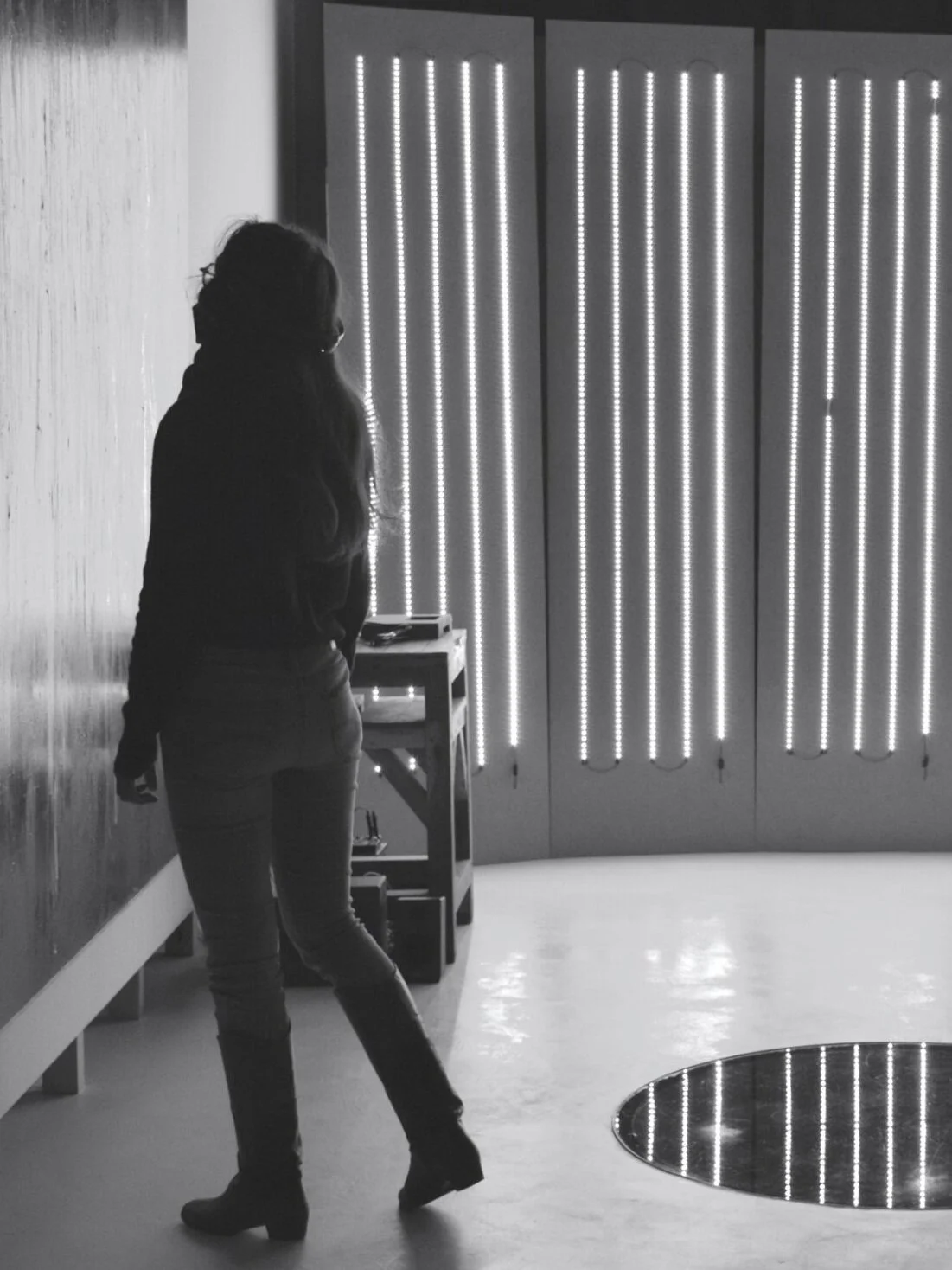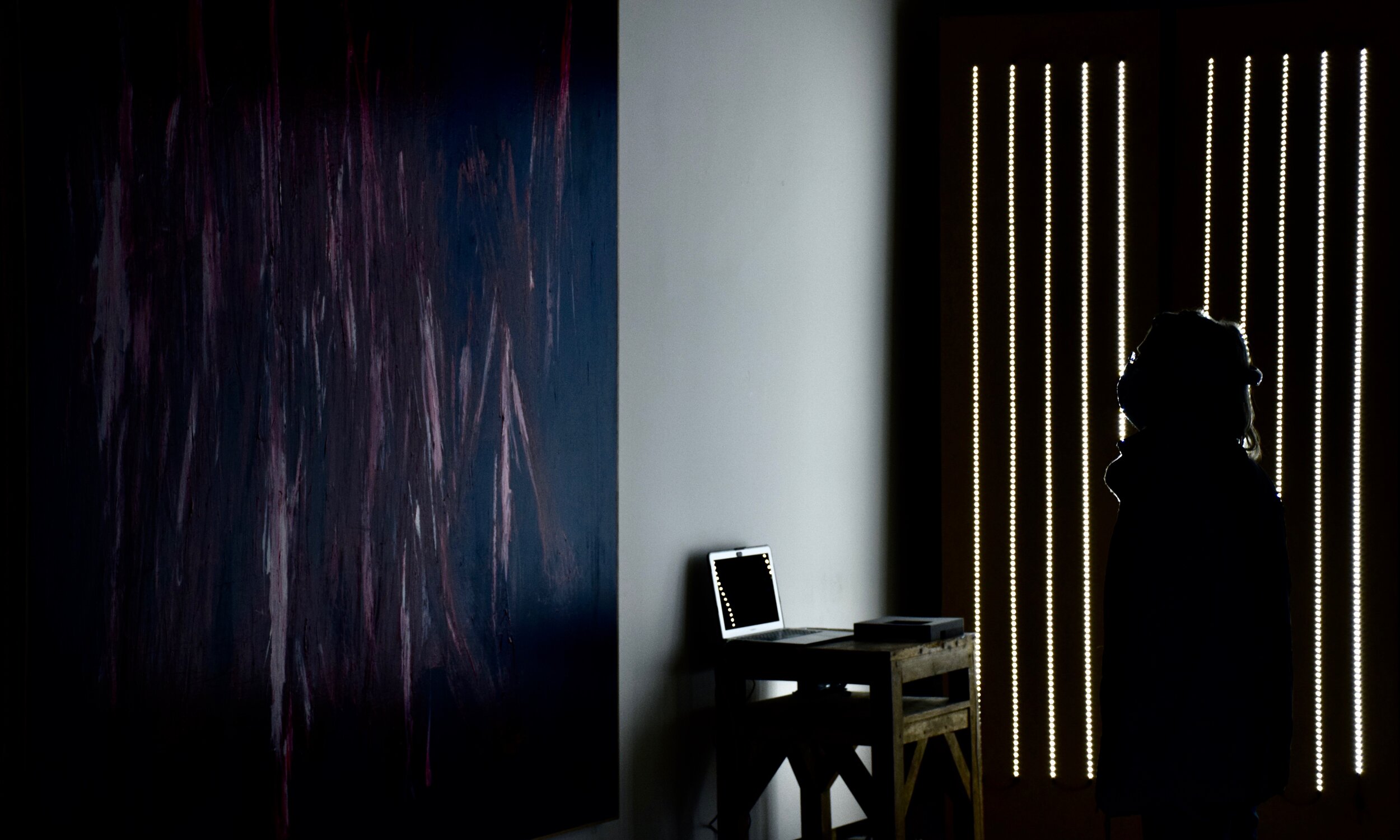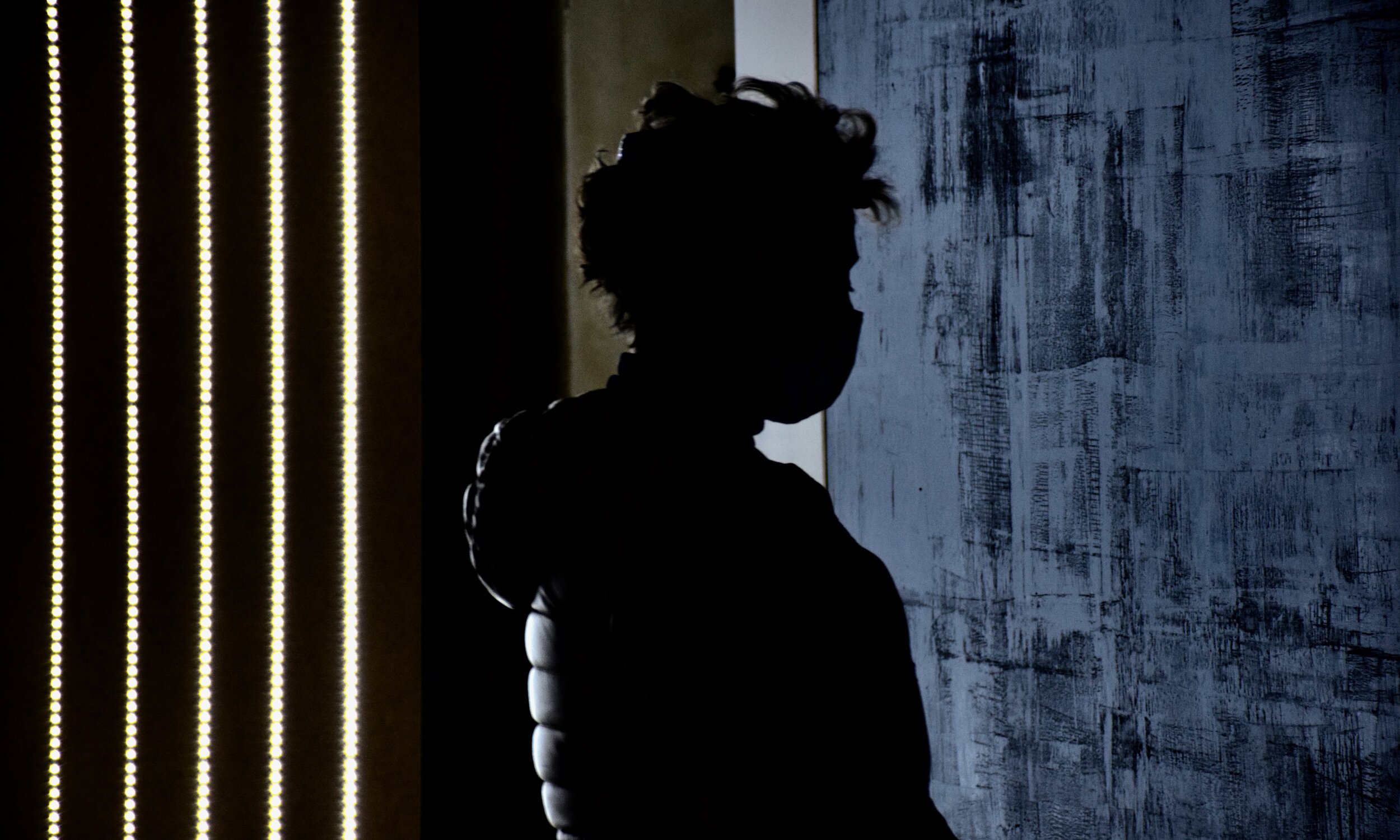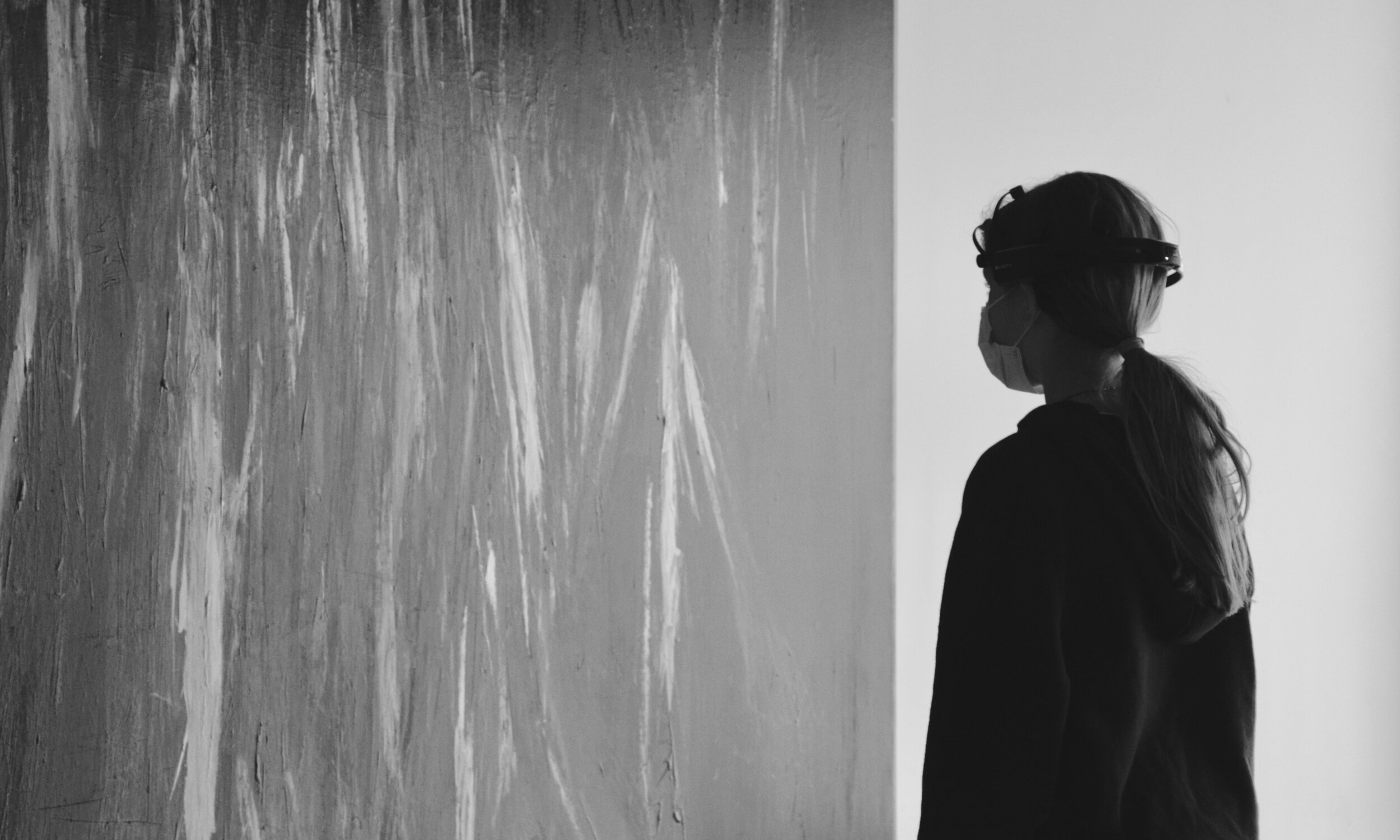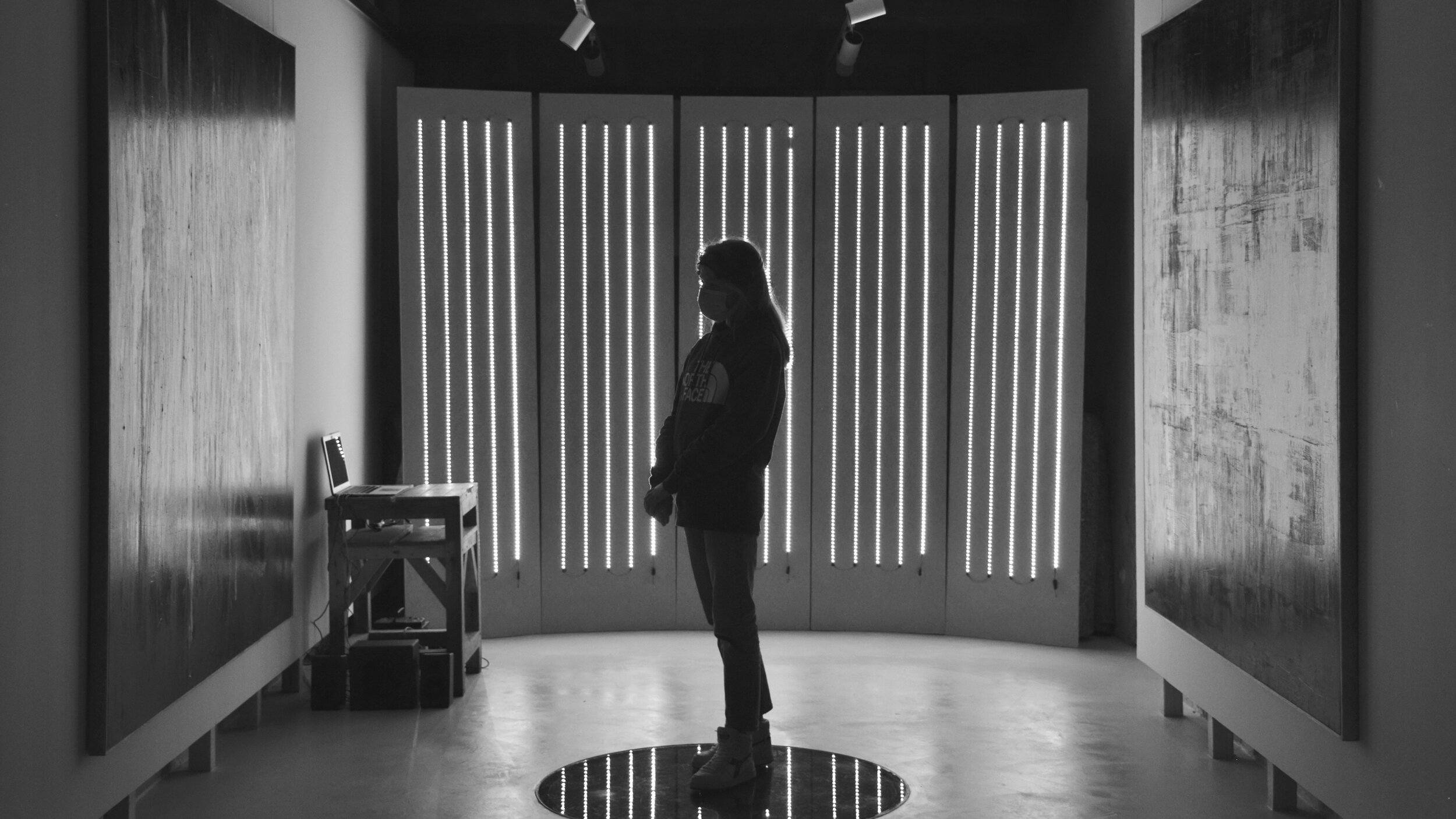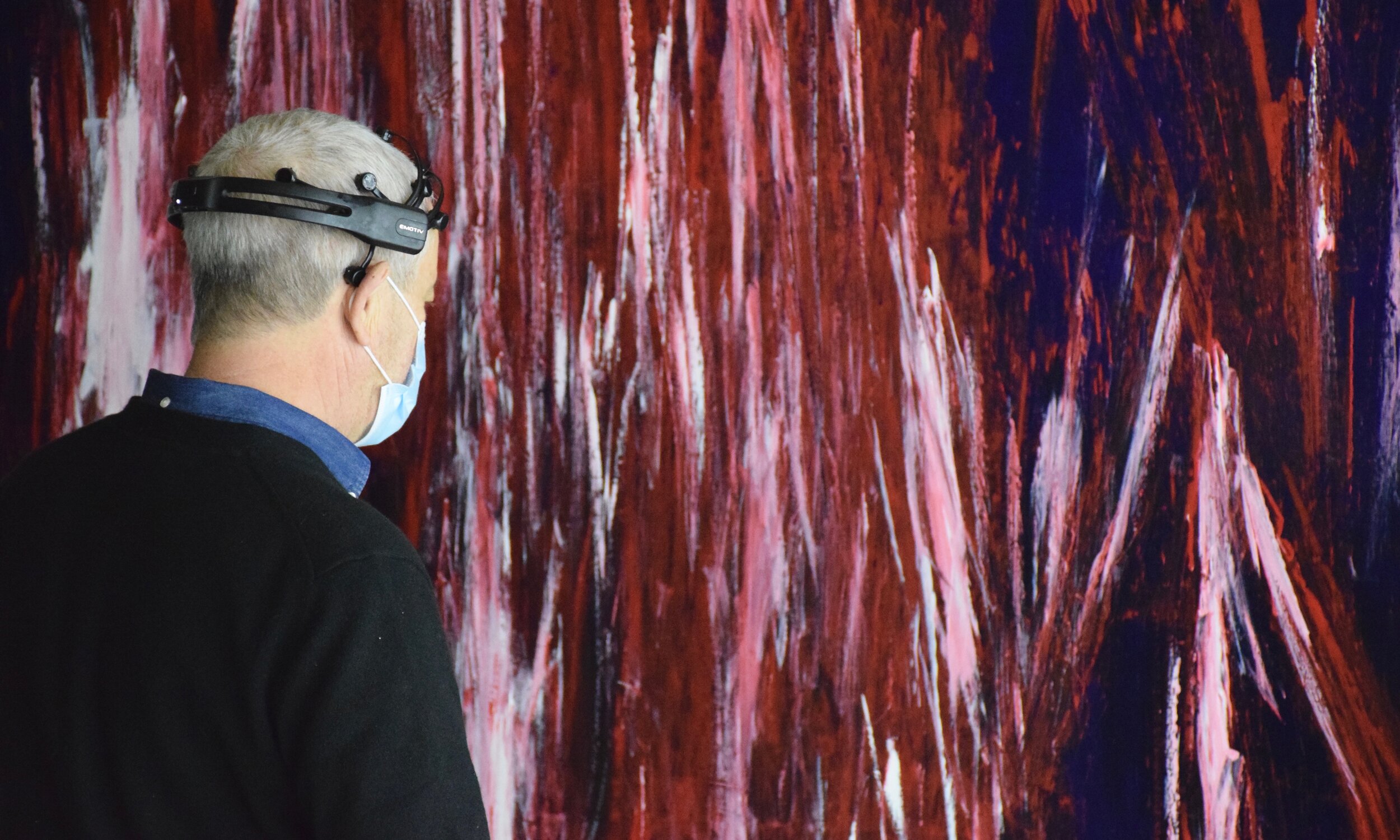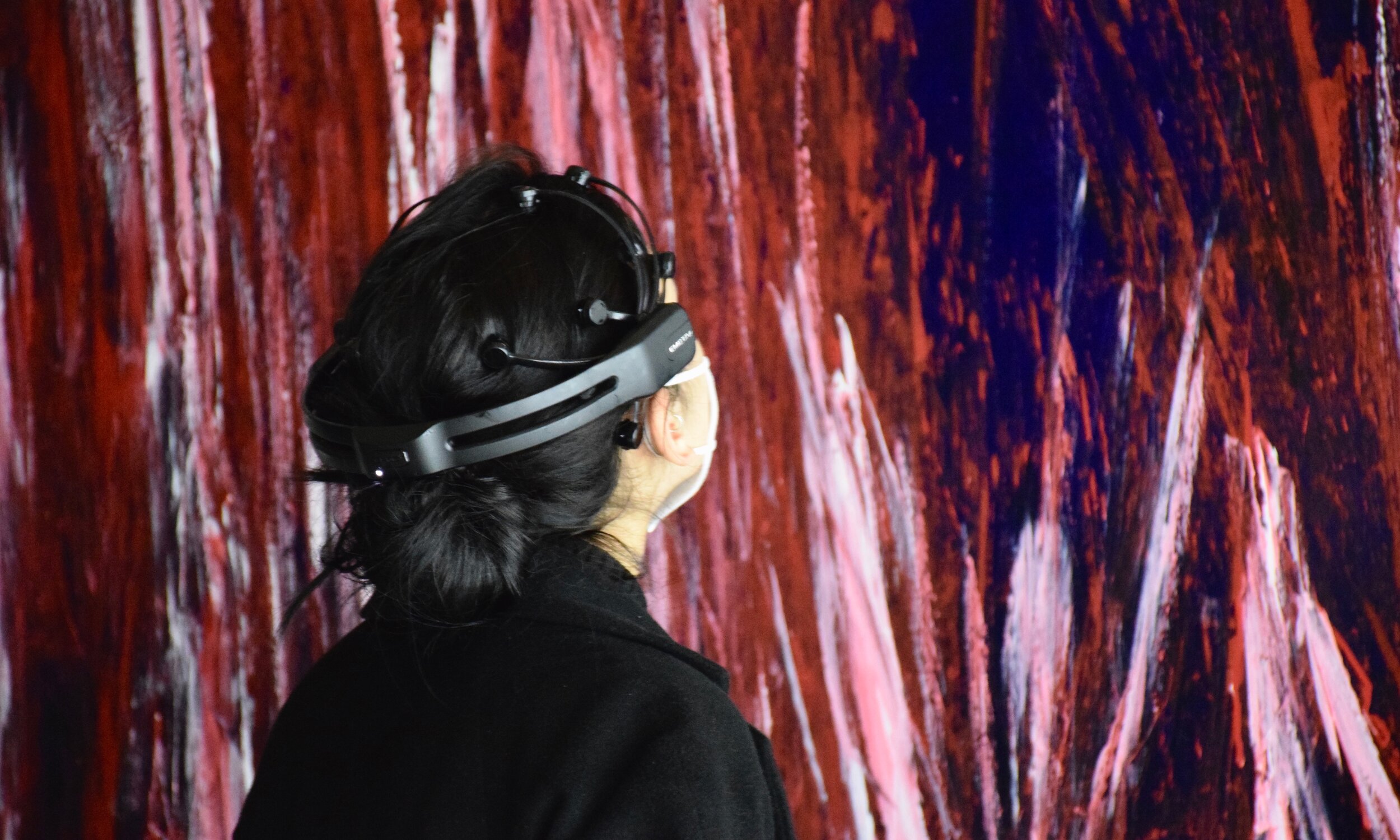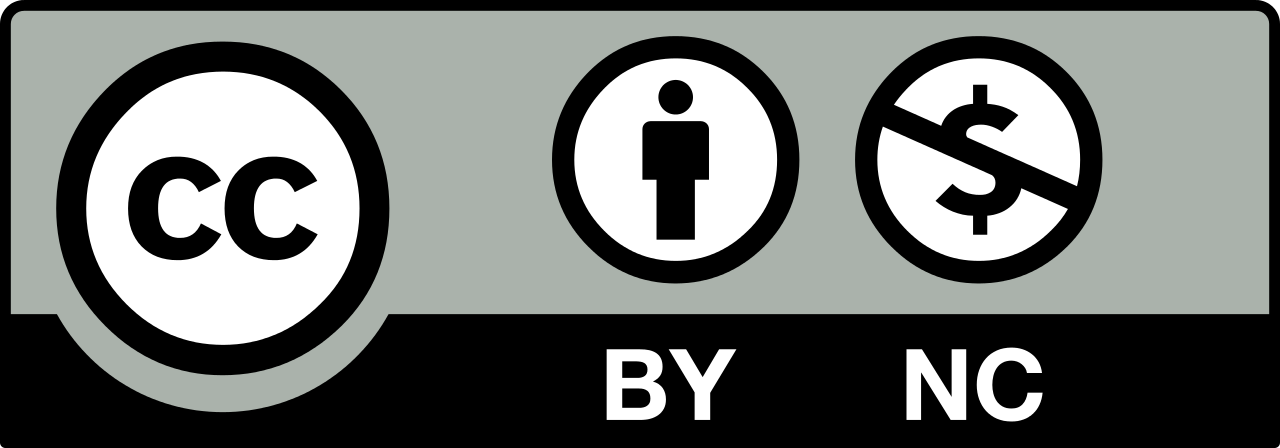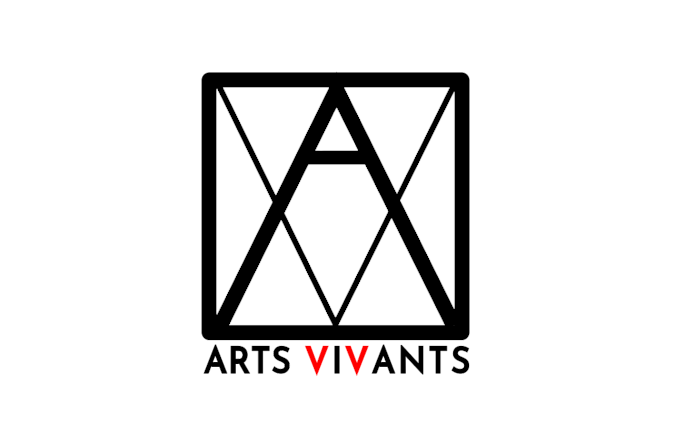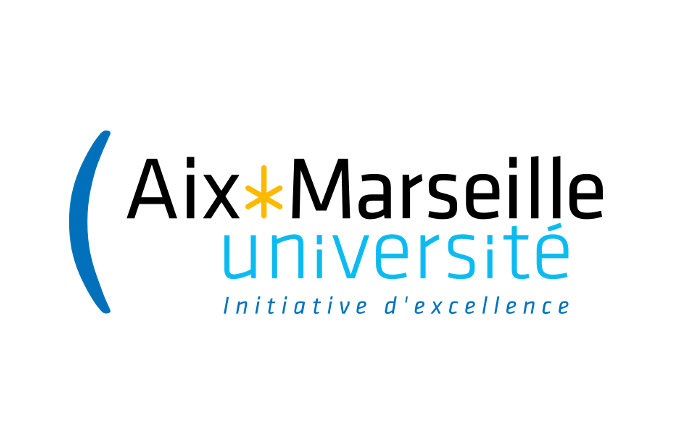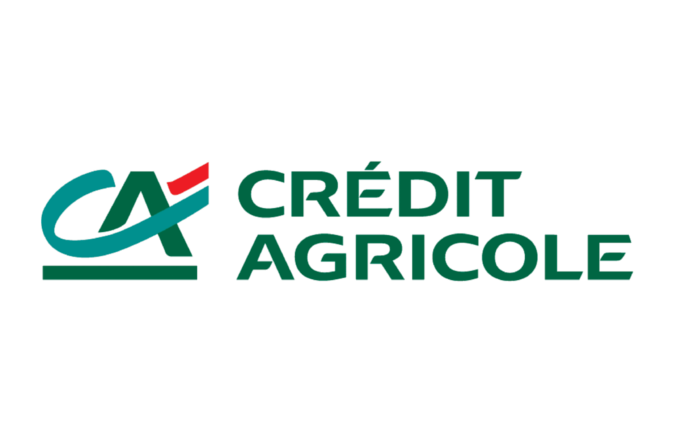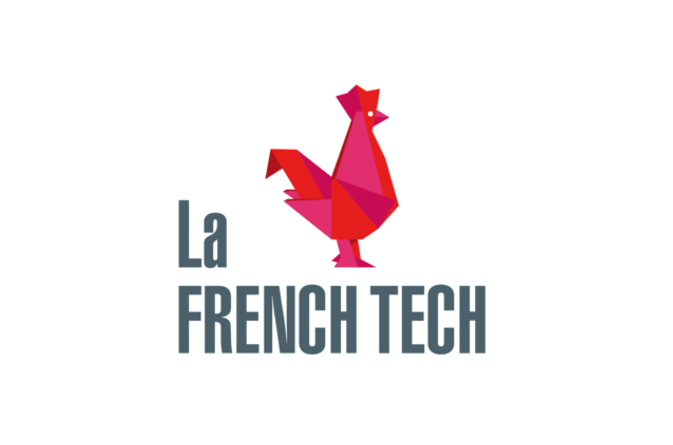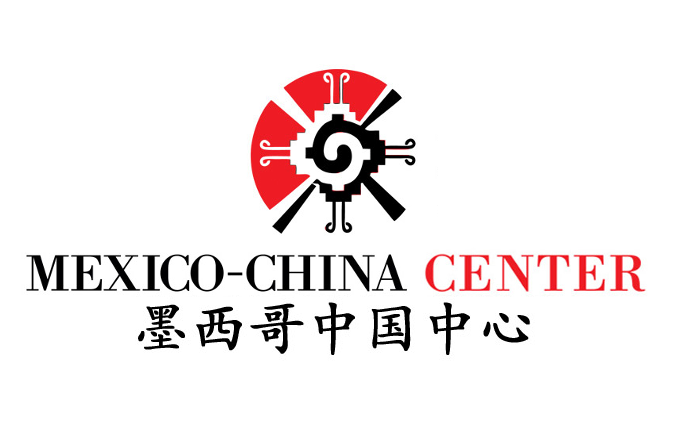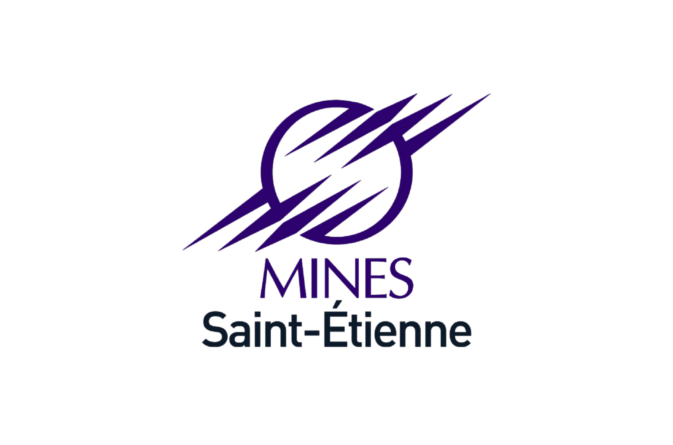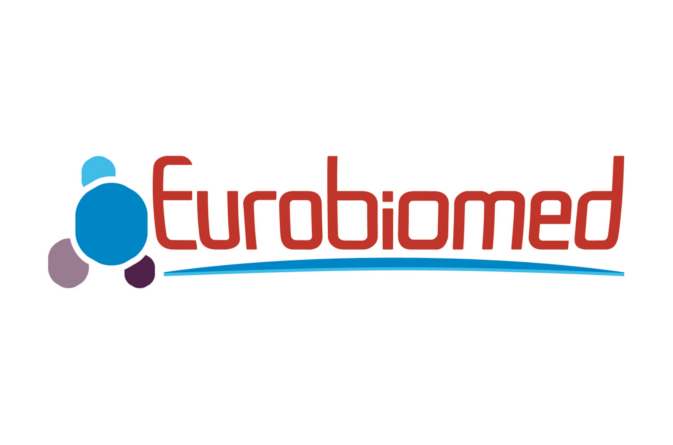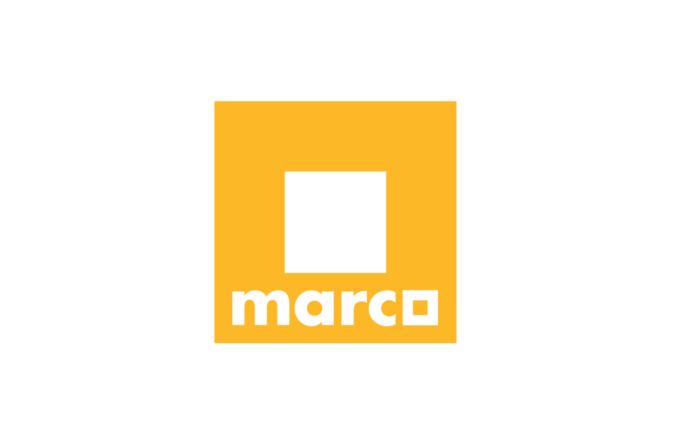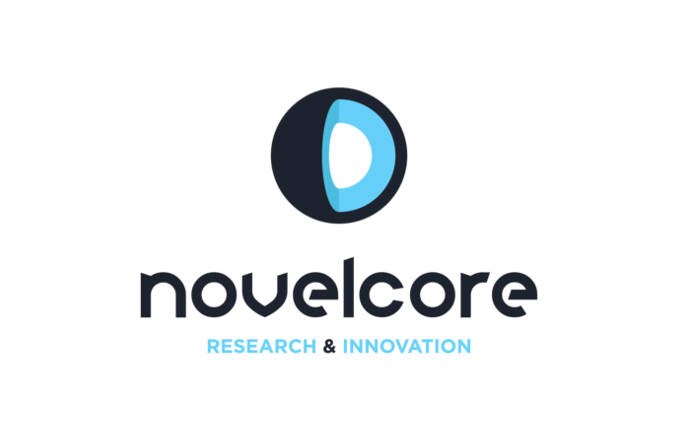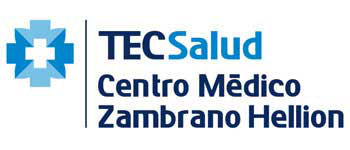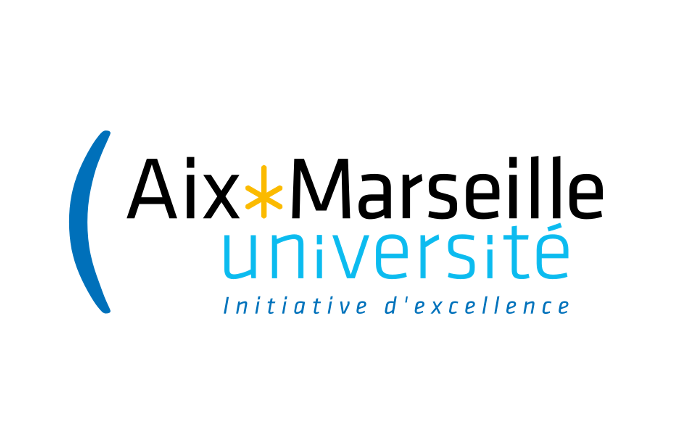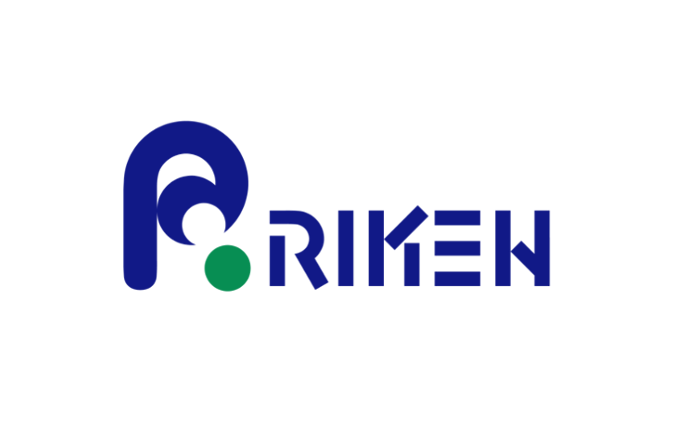Máquina Cerebral 4 (MC4) OSE
<< A throbbing sound and a curtain of LED light stir up our curiosity.
Equipped with an EEG headset, one submerges into the darkness to observe … creating an ephemeral work of art. >>
Nathalie Kindel
La Provence, 2021
MC4 by INDI @ « L'Art en tête » NeuroFrance, FR. May 2019.
MC4 by INDI @ « Mental Translations» Biennale Chroniques, FR. Jan 2021. Sponsored by Emotiv.
The Machine in Three Modules
Three MC4 modules allow for EEG signal-processing and audiovisual manipulation to be run independently and to be combined with other programs.
MC4 by INDI @ Mental Translations (January 2021). This embodiment uses the three enlisted modules and runs with Emotiv Epoc+ Headsets.
Having transitioned through different MoBI headsets, processing platforms, and audiovisual interfaces, << Máquina Cerebral 4 >> (MC4) currently runs with Emotiv Epoc+ headsets, on Python 3.7 and using TouchDesigner coupled with an Arduino microprocessor.
Integrated modularity is achieved through (1) collecting Raw EEG Data using Emotiv’s proprietary application; (2) cleaning, filtering and obtaining Frequency-Domain Data through an original Python program; (3) converting neural interpretations to Sound and Arduino Pin Outputs using an original Touch Designer program; and (4) activating an 80m / ~20A arrangement of LED strips using an original electronic architecture of off-the-shelf motor drivers coupled with a car battery.
The working principles and software components of MC4 are based on original research developed and published during 2014-2015 by our team in collaboration with the University of Houston as well as with the support of Tecnológico de Monterrey, and we are happy to share these true-to-science Signal-Processing tools for your own artistic purposes.
Brain-Data Collection:
As shared, the codes are built to be “plug-and-play” using Emotiv Epoc+ headsets; however, simple changes can make the entire system compatible with headsets from other brands as well as with with any open hardware built by makers and hobbyists. Although signal processing is optimized for EEG-signal analysis, the same code could be used with data measured by other types of biometric sensors such as EMG, EKG, etc.
Signal Processing:
Processing is focused on obtaining Power Spectral Density information in real time. The python code allows for simple selection of the specific range(s) of interest to be measured and added / averaged for subsequent transferring through internal UDP ports compatible with Touch Designer and other similar applications.
Sound and Arduino Control:
The Touch Designer program is fairly simple, using an OSC input to get data from the Python code and oscillator combinations to create two different types of sound for an inactive and an active state; additionally, incoming-parameter strength is directed towards a Firmata operator to operate the Arduino without requiring any additional coding. The three lines stand separate from each other for simplified modification to match desired sound aesthetics and Arduino Pin control. Incoming data is also filtered within the Touch Designer application through operators which should be easily identifiable and adjustable.
Electronic Arrangement:
MC4 features an electronic box integrating off-the-shelf components and requiring some soldering and cabling skills to build, but nothing too sophisticated. If you know how to use a soldering gun and how to use pliers, everything else should be just following instructions and making sure you don’t short-circuit your car battery !
Related Publications and References:
1. (2017, Frontiers in Human Neuroscience) G. Herrera-Arcos, J. Tamez-Duque, et al. Modulation of Neural Activity during Guided Viewing of Visual Art. DOI: 10.3389/fnhum.2017.00581.
2. (2017, Scientific Reports Volume 7) T. Luu, S. Nakagome, Y. He & J. Contreras-Vidal.Real-time EEG-based brain-computer interface to a virtual avatar enhances cortical involvement in human treadmill walking. Article number: 8895.
3. (2014, 6th International Brain-Computer Interface Conference - Austria) A. Korik, N. Siddique, et al. Correlation of EEG Band Power and Hand Motion Trajectory. DOI: 10.3217/978-3-85125-378-8-95.
User Experiences
MC4 has been used for multiple artistic explorations in France and México with the support of Emotiv, Arts Vivants Aix, NeuroArt Labs @ Université Aix-Marseille, Museo MARCO, and many others.
We’re happy to see both adults and children coming in closer contact with the chaotic and mysterious nature of the brain, and we hope to see even more using machines built by others !
Important: This CC BY-CN Creative Commons License enables you to use the content you receive for any non-commercial purpose you wish, as long as you provide attribution / credit to INDI Ingénierie et Design France. Any derivative content which shows significant difference form the originally-shared content can be used for any purpose you wish, including commercial applications, so feel free to use our content to learn and then build your own machines; those you can use without giving it a second of thought. In any case, we always appreciate citations and being referenced; we’ll do the same for you !
POWERING PARTNERS
ACKNOWLEDGEMENTS
MC4 exists because of the continuous contribution of numerous individuals institutions which we know we will never be able to list completely. We hope everyone who has supported us knows we thank them for the time they dedicated to our joint efforts.
Andrés Ponce: Promotion and execution of the first embodiment of MC4. Initial supporter of the neuro-machine initiative and key developer for it. (2017)
Miguel Moreno: Execution of the first embodiment of MC4 on PureData. Key developer for Neon SciFi and Beta Band. (2017)
Jennifer Furukawa and Tania Martínez: Museo MARCO organizing staff for both the original NeuroArt Experiences in the museum and the first exhibition of MC1-4 @ Neon SciFi. (2015 and 2019)
Indira Sánchez: MARCO Museum administrator and original supporter of the Neuro-Artistic project in México. (2016-2018)
José Luis Contreras-Vidal: Original point of contact with BCI Technology and Research; initial inspiration and guide into the field of science+arts. (2013)
OUR SUPPORTERS
©INDI Ingénierie et Design (2015-2024)
Aix-En Provence, France



